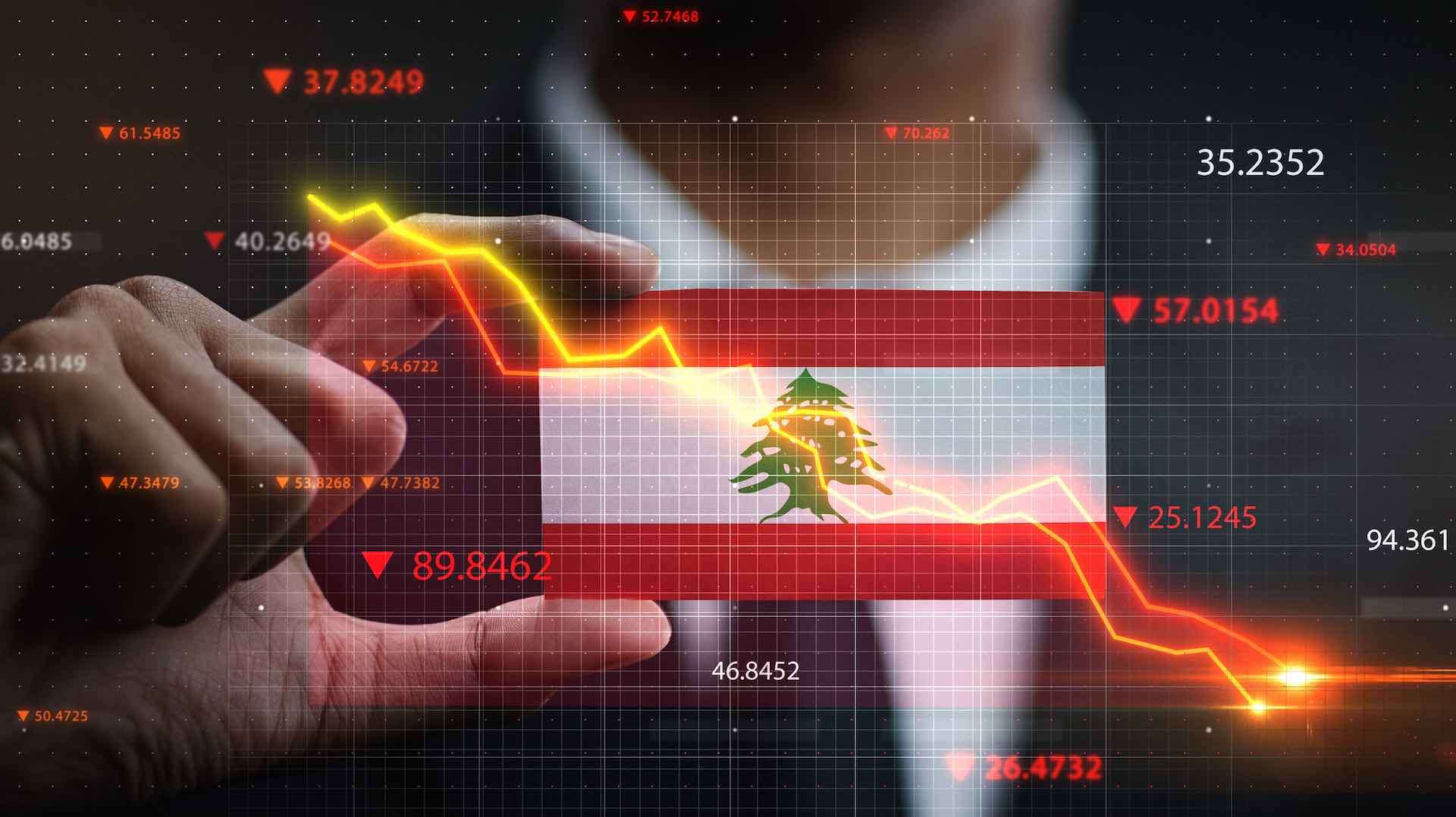Lebanon devalues its currency by 90 percent, market rate is much lower
According to central bank governor Riad Salameh, Lebanon will adopt a new official exchange rate of 15,000 pounds per U.S. dollar on Feb. 1. This represents a 90% reduction from the current official rate which has remained unchanged for 25 years. A shift from 1,507 to 15,000 is still far from the parallel market, where the pound was changing hands at around 57,000 per dollar on Tuesday, according to Reuters.
 It is unlikely that the change will affect banks, Salameh said. This will result in a decrease in the equity of the institutions at the center of the country’s 2019 financial crisis. The shift is expected to have no more than a limited impact on the broader economy. This is because it is increasingly dollarized and where the majority of trades are conducted using parallel market rates.
It is unlikely that the change will affect banks, Salameh said. This will result in a decrease in the equity of the institutions at the center of the country’s 2019 financial crisis. The shift is expected to have no more than a limited impact on the broader economy. This is because it is increasingly dollarized and where the majority of trades are conducted using parallel market rates.
Since it began to split from the 1,507 rate in 2019, the pound has lost approximately 97% of its value. Salameh stated to Reuters that the part of commercial banks’ equity that is in pounds will decrease once converted into dollars at 15,000 rather than 1,500.”
There are still several rates available, including the official rate, the central bank’s Sayrafa exchange platform rate, which currently stands at 38,000 pounds per U.S. dollar, and the parallel market rate. Lebanese authorities should deal upfront with an estimated $70 billion in financial sector losses. This is widely believed to be the result of decades of profligate spending, corruption, and mismanagement, according to the IMF.
It is widely believed that Lebanon can only begin to restore confidence in its financial system and recover from the collapse if an IMF agreement is reached. For ordinary Lebanese, the inability to freely access their dollar savings is one of the most debilitating aspects of the crisis. In Lebanon, capital controls have never been formally implemented, but banks have imposed their own controls since 2019, severely restricting withdrawals in US dollars and Lebanese pounds.
